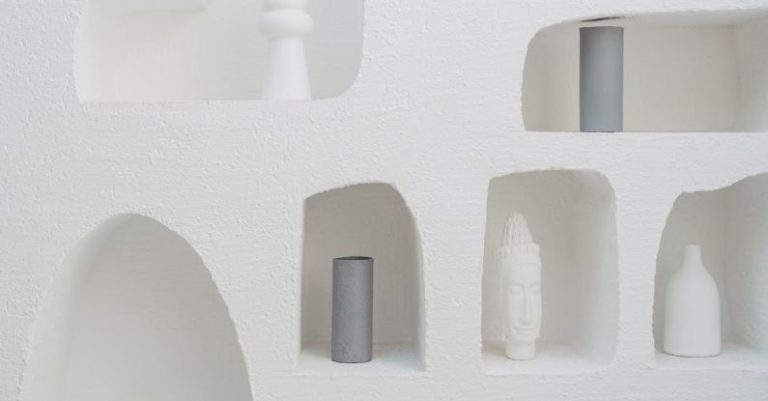The Architectural Renaissance through Composite Materials
In the realm of architecture, the evolution of materials has played a pivotal role in shaping the way buildings are designed and constructed. One material that has been making waves in the architectural world is composite materials. Combining two or more constituent materials with distinct properties, composite materials have opened up a world of possibilities for architects and designers. From enhancing structural strength to enabling intricate designs, composite materials are driving an architectural renaissance that is redefining the way we perceive and interact with our built environment.
Innovative Applications of Composite Materials
The beauty of composite materials lies in their versatility and adaptability. Architects are increasingly turning to composite materials to push the boundaries of design and functionality in their projects. One of the most notable applications of composite materials in architecture is in the creation of lightweight and durable building facades. By using composite panels, architects can achieve intricate designs and textures that would be challenging to replicate using traditional building materials. Moreover, the lightweight nature of composite materials makes them an ideal choice for high-rise buildings, where reducing the overall weight of the structure is crucial.
Another innovative application of composite materials in architecture is in the construction of sustainable buildings. With a growing emphasis on environmental sustainability, architects are looking for ways to reduce the carbon footprint of their projects. Composite materials offer a sustainable alternative to traditional building materials, as they can be manufactured using recycled materials and are highly energy-efficient. By incorporating composite materials into their designs, architects can create buildings that are not only visually striking but also environmentally friendly.
Enhancing Structural Integrity with Composite Materials
One of the key advantages of composite materials is their superior structural strength. By combining materials with different properties, architects can create composite structures that are stronger and more durable than traditional building materials. This enhanced structural integrity allows architects to design buildings with larger spans and more complex geometries, opening up new possibilities for architectural expression.
Composite materials are also highly resistant to corrosion, making them an ideal choice for buildings located in harsh environments or exposed to extreme weather conditions. By using composite materials, architects can ensure that their buildings remain structurally sound and aesthetically pleasing for years to come.
Creating Iconic Architectural Masterpieces
The use of composite materials in architecture has enabled architects to push the boundaries of design and create iconic architectural masterpieces. From the futuristic curves of Zaha Hadid’s Heydar Aliyev Center in Baku to the soaring heights of Santiago Calatrava’s Turning Torso in Sweden, composite materials have played a central role in bringing these visionary designs to life.
Composite materials have also revolutionized the way architects approach restoration and preservation projects. By using composite materials to replicate historical building elements, architects can restore heritage buildings to their former glory while ensuring their long-term durability. This approach not only preserves the architectural heritage of a region but also showcases the innovative potential of composite materials in the field of restoration.
The Future of Architecture with Composite Materials
As architects continue to push the boundaries of design and construction, the role of composite materials in architecture is only set to grow. With advancements in material science and manufacturing techniques, architects will have access to an even wider range of composite materials that offer enhanced performance and sustainability.
In the coming years, we can expect to see more buildings that seamlessly blend aesthetics with functionality, thanks to the use of composite materials. From sustainable skyscrapers to adaptive facades, composite materials will continue to drive the architectural renaissance and shape the future of our built environment.
In conclusion, the architectural renaissance through composite materials represents a paradigm shift in the way buildings are designed and constructed. By harnessing the potential of composite materials, architects are able to create structures that are not only visually striking but also sustainable, durable, and structurally sound. As we look towards the future, it is clear that composite materials will play a central role in shaping the architectural landscape and driving innovation in the field of architecture.






